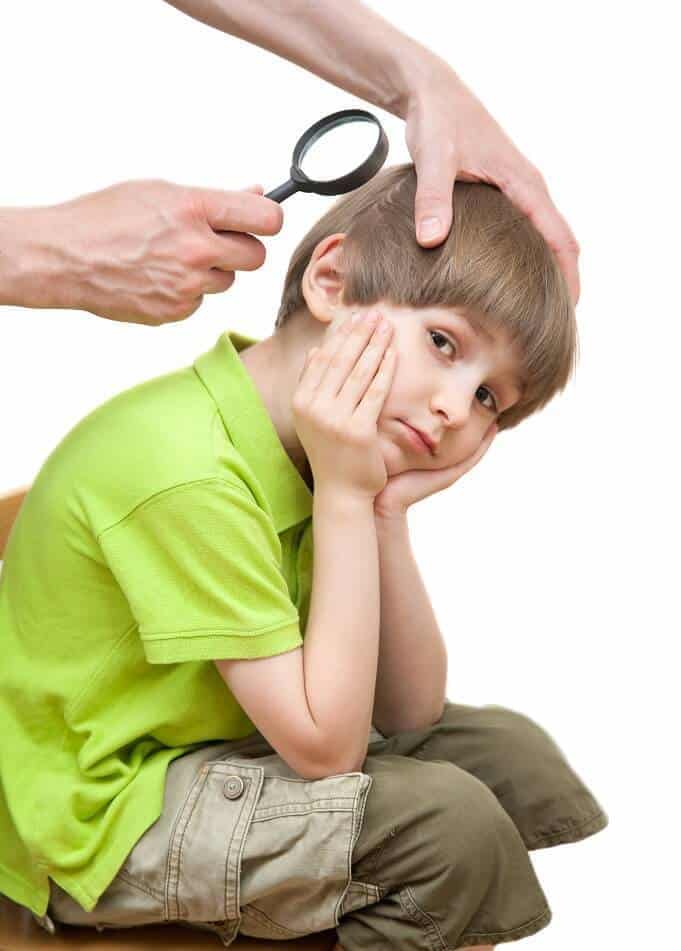
Most people have probably had head lice at least once in their lifetime, most likely when they were children. If you’re a teacher, the probability increases exponentially.
Lice are not exactly dangerous, per se, but they are fairly disgusting and quite uncomfortable. Think about it: they are thousands of tiny bugs crawling around your scalp. In addition, the parasite can very easily move from person to person, which is a problem in a classroom setting.
Our Top Recommendation
Almost regardless of which insect is infesting your home or yard, our top recommended solution is the same. Cedar oil is a safe, non-toxic and all natural solution for killing and repelling most insects.
Cedar oil does not harm beneficial insects like bees and butterflies, but it is a contact killer and effective repellent for most insects you’d want to get rid of. See this article to learn more about cedar oil or to see the full range of cedar oil products, click here.
According to the CDC (Centers for Disease Control and Prevention), lice measure about 2-3 mm in length and they crawl, as opposed to flying or hopping, like fleas. As for the way they spread:
“Head lice infest the head and neck and attach their eggs to the base of the hair shaft. Head lice infestation, or pediculosis, is spread most commonly by close person-to-person contact.” - CDC

Therefore, if you or your children are currently suffering from head lice, the best course of action is to not have close contact with other people, because you might give them to someone else, as well. Furry pets, such as cats or dogs, however, do not contribute to their spreading. Head lice are more difficult to remove from long hair than from short hair, and will more often populate girls’ heads than boys’ for precisely that reason.
But even though you don’t risk for them to spread disease, they can bite the scalp and cause inflammation and itching. This is not only uncomfortable, but it can actually lead to irritation and even infection, so it is always best to try and get rid of head lice as soon as you notice their presence.
Fortunately, head lice don’t actually require prolonged and expensive, dangerous or unpleasant treatments. They can be removed easily at home, naturally.
What you need:
- Vinegar
- Mouthwash (Listerine or other brands are all ok)
- Fine-tooth comb (there are special lice combs available for purchase)
- Plastic bag or a shower cap you no longer use
What to do:
The process is actually very simple; all you need to do is drench your (or your child’s) hair in mouthwash. After this, cover your head with a plastic bag and keep it on for a while (for best results, leave it on for at least an hour). Ensure that the cap or bag is secured on the head and the lice have no way of escaping.
After the time elapses, take off the bags. You will notice that a lot of them are already dead from the Listerine, but you still need to follow up with white vinegar, in a process identical to the previous one. Like with the mouth wash, cover the head in bags and wait for an hour.
After this, take the bags off once again, rinse the vinegar off and shampoo the hair. Now you can go in with the lice comb and comb out any leftover dead lice or eggs.
This treatment is easy and cheap, but very effective. In addition, it is also a lot less damaging than other specialized chemical treatments you might find on the market.
